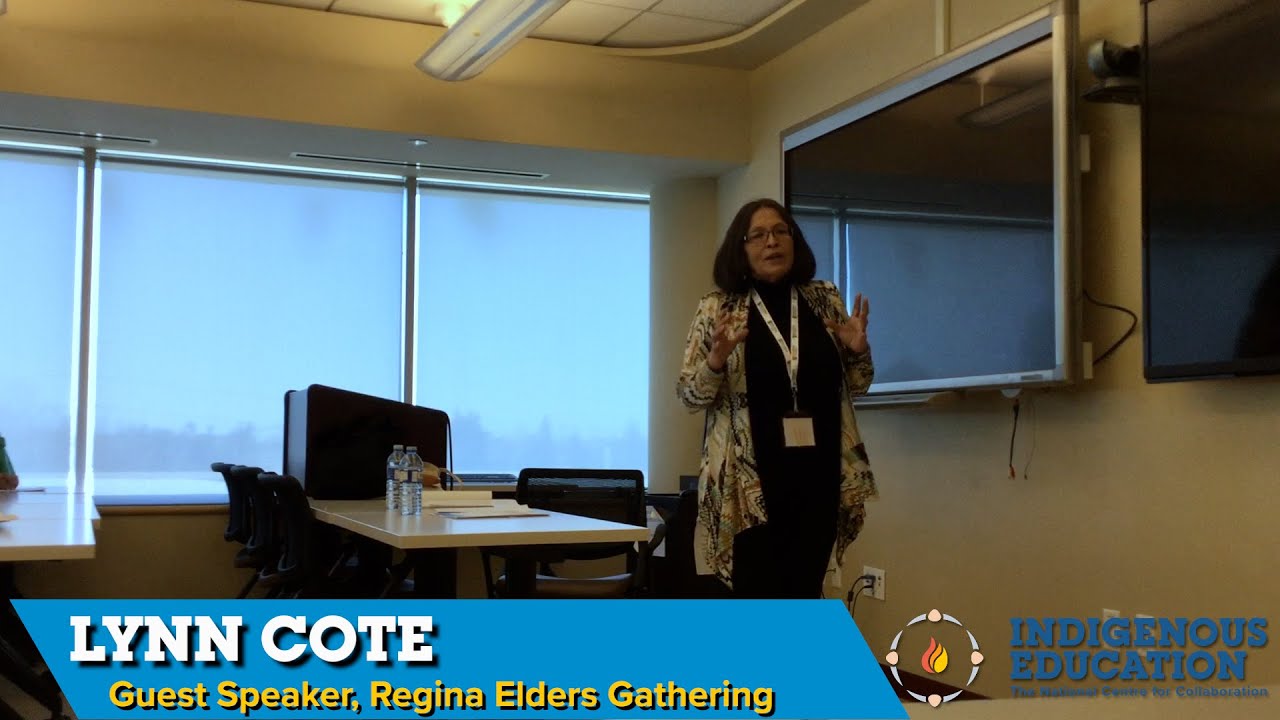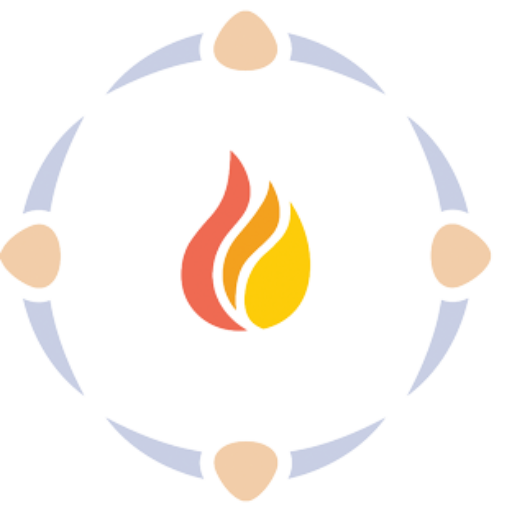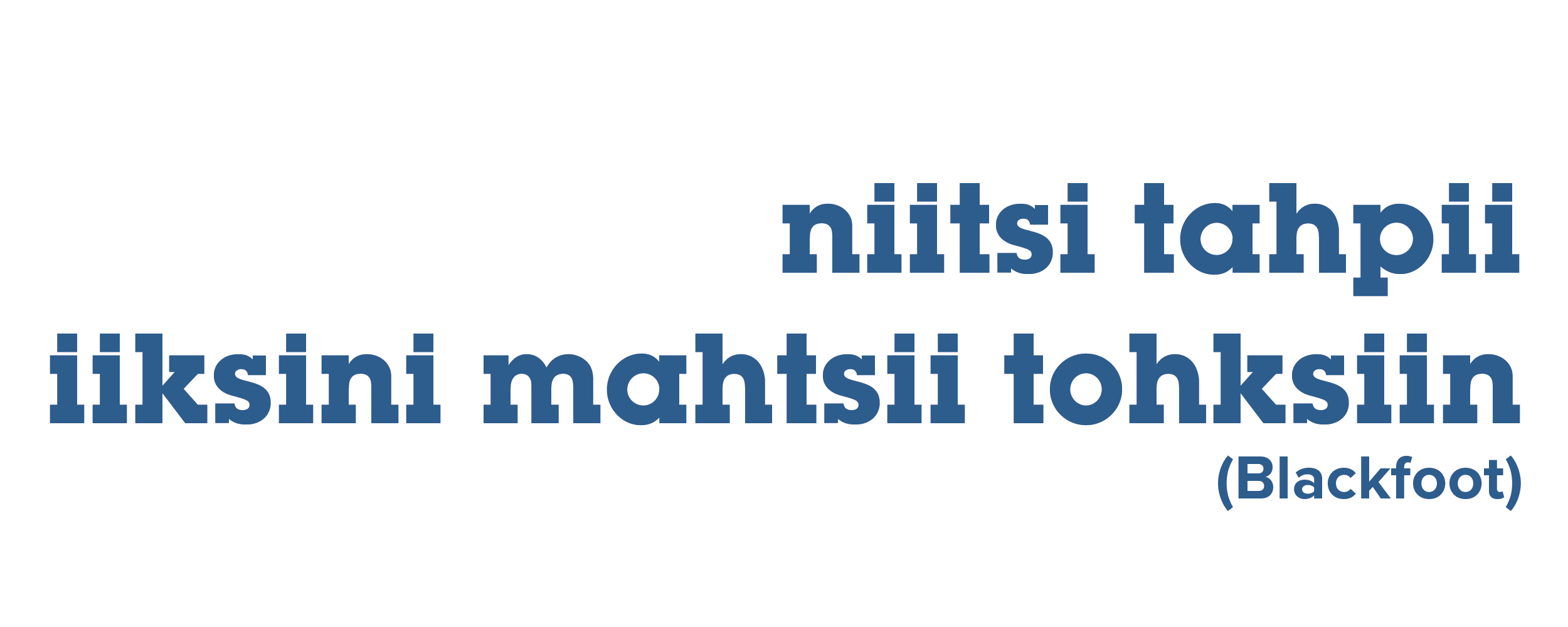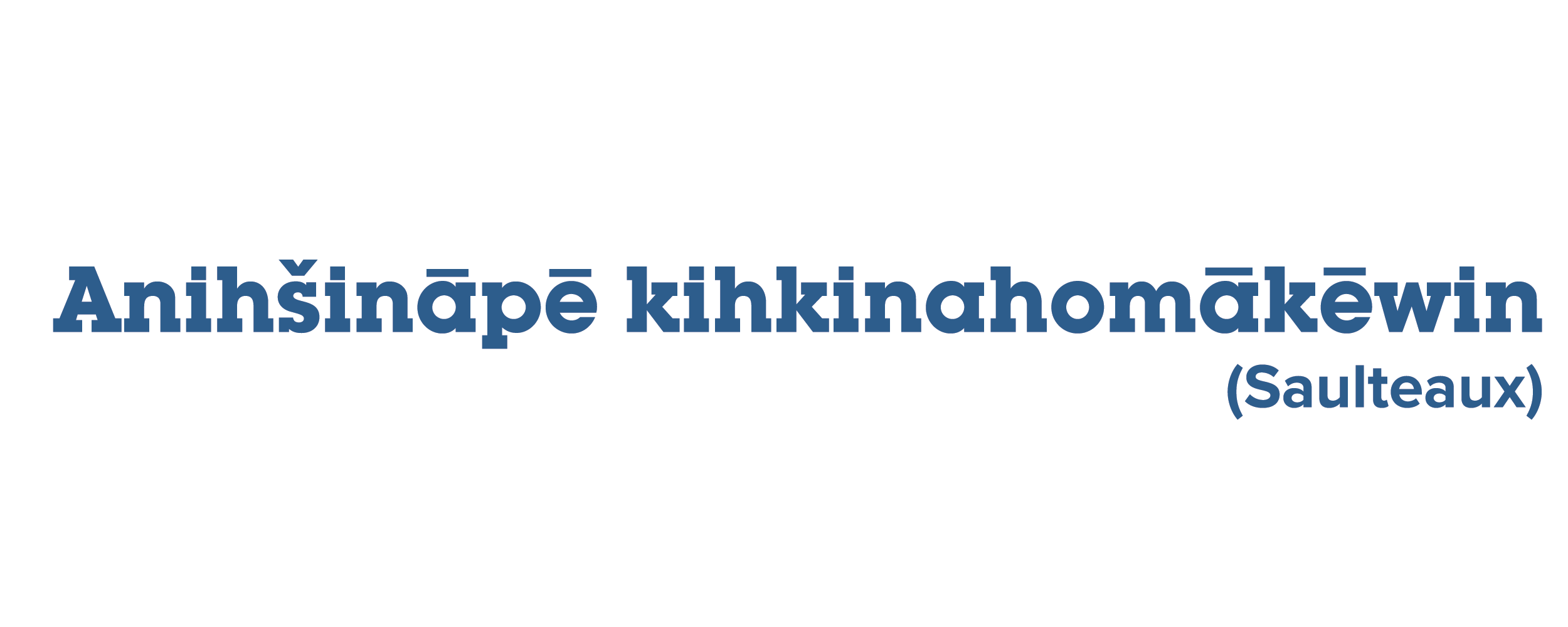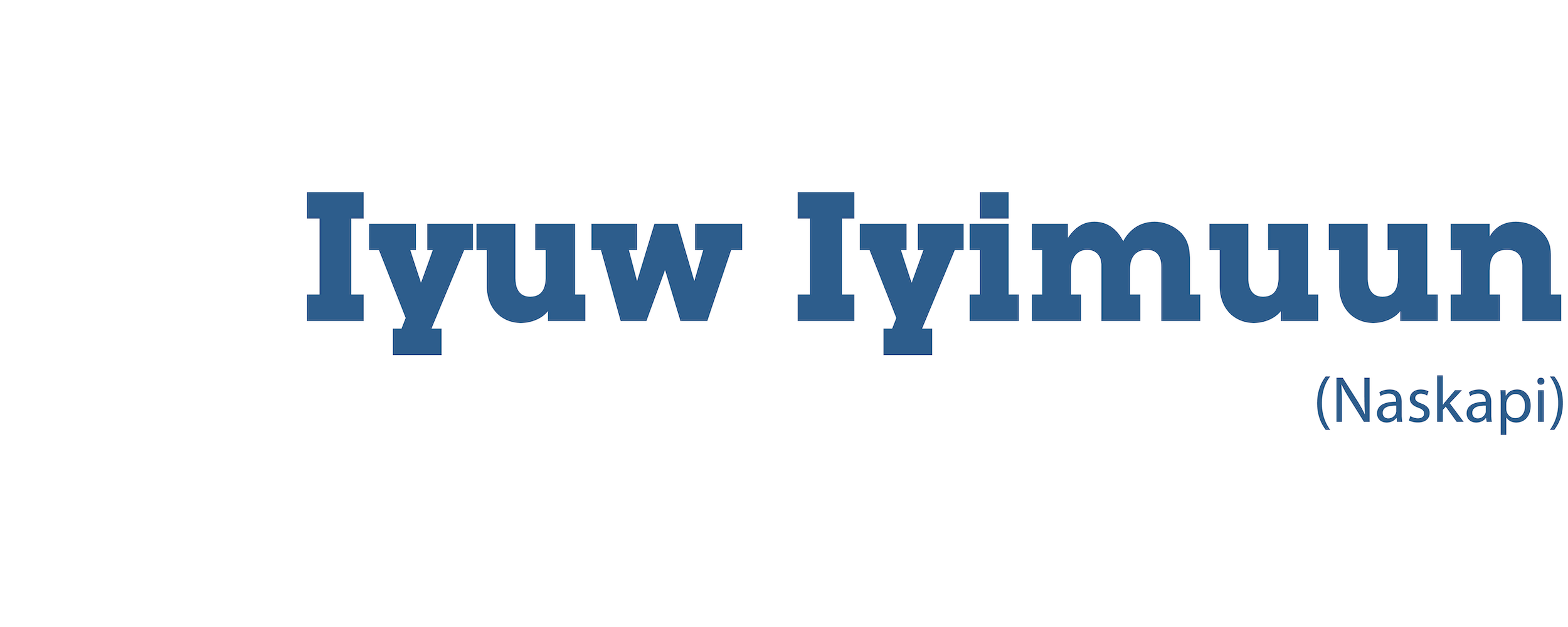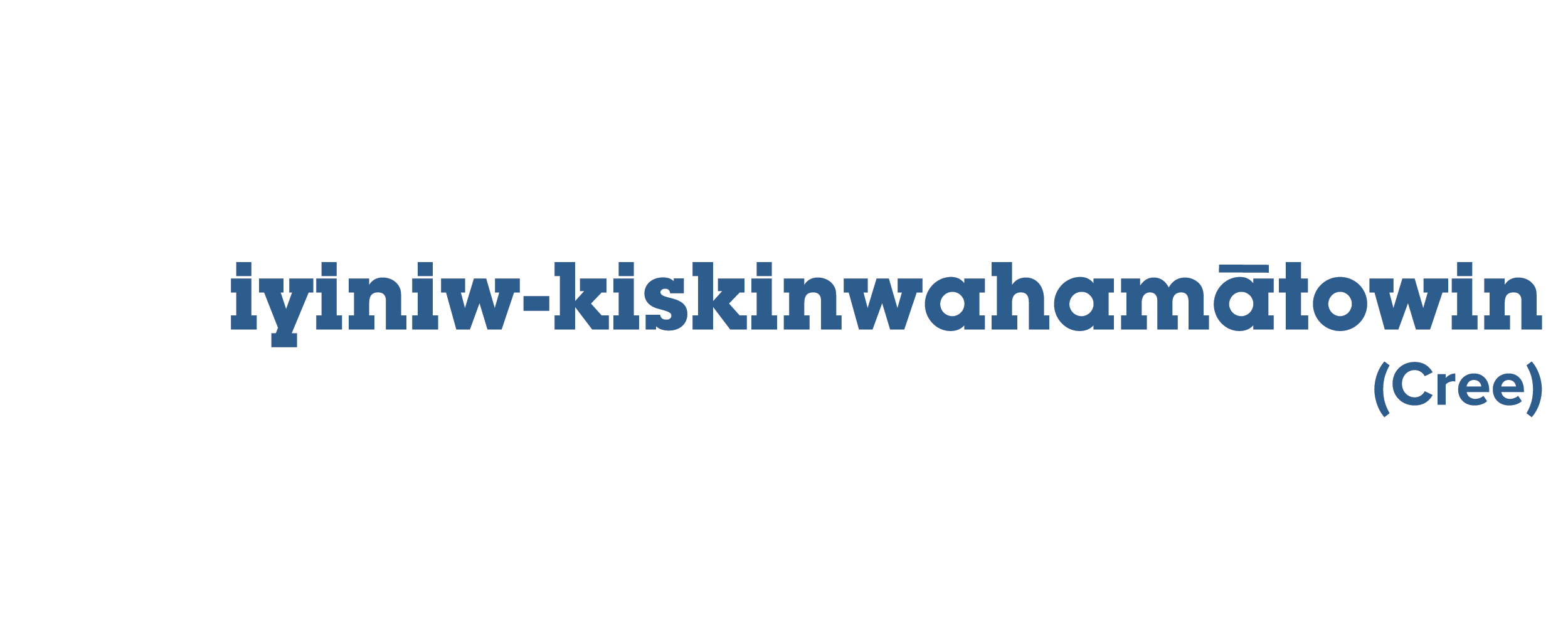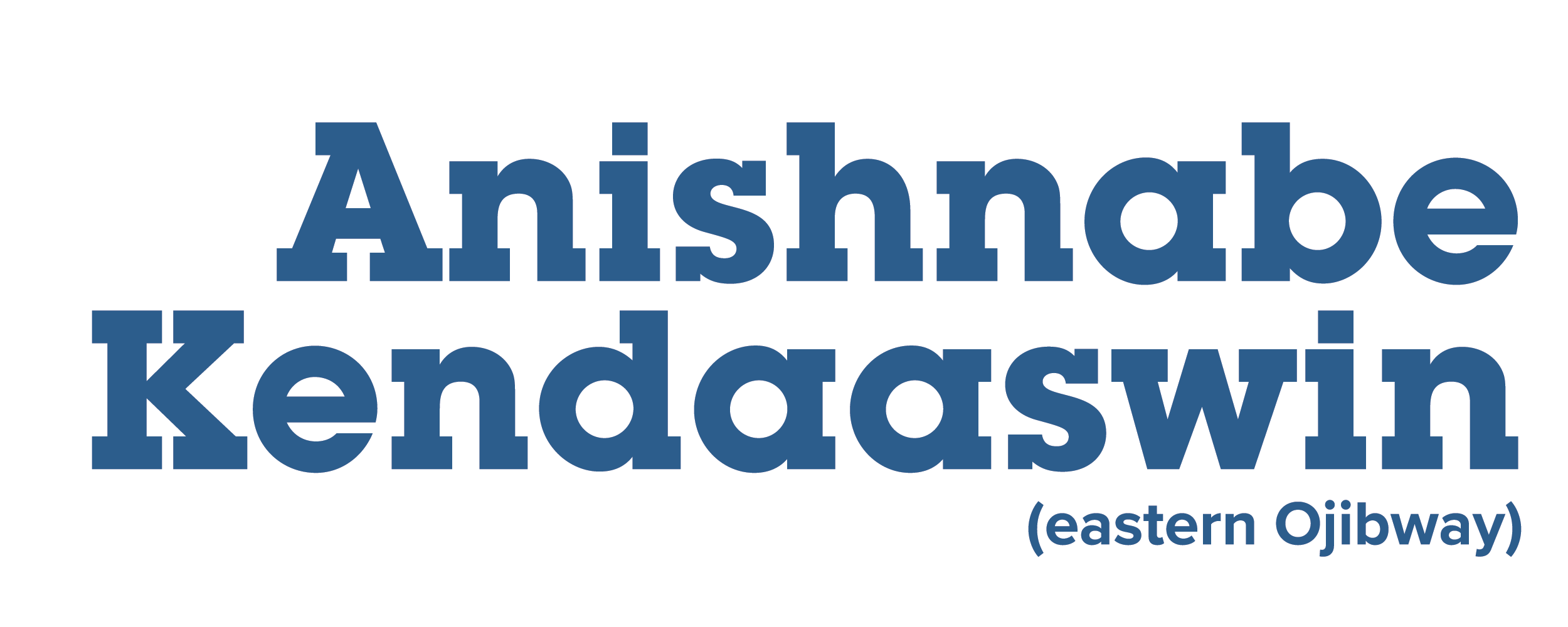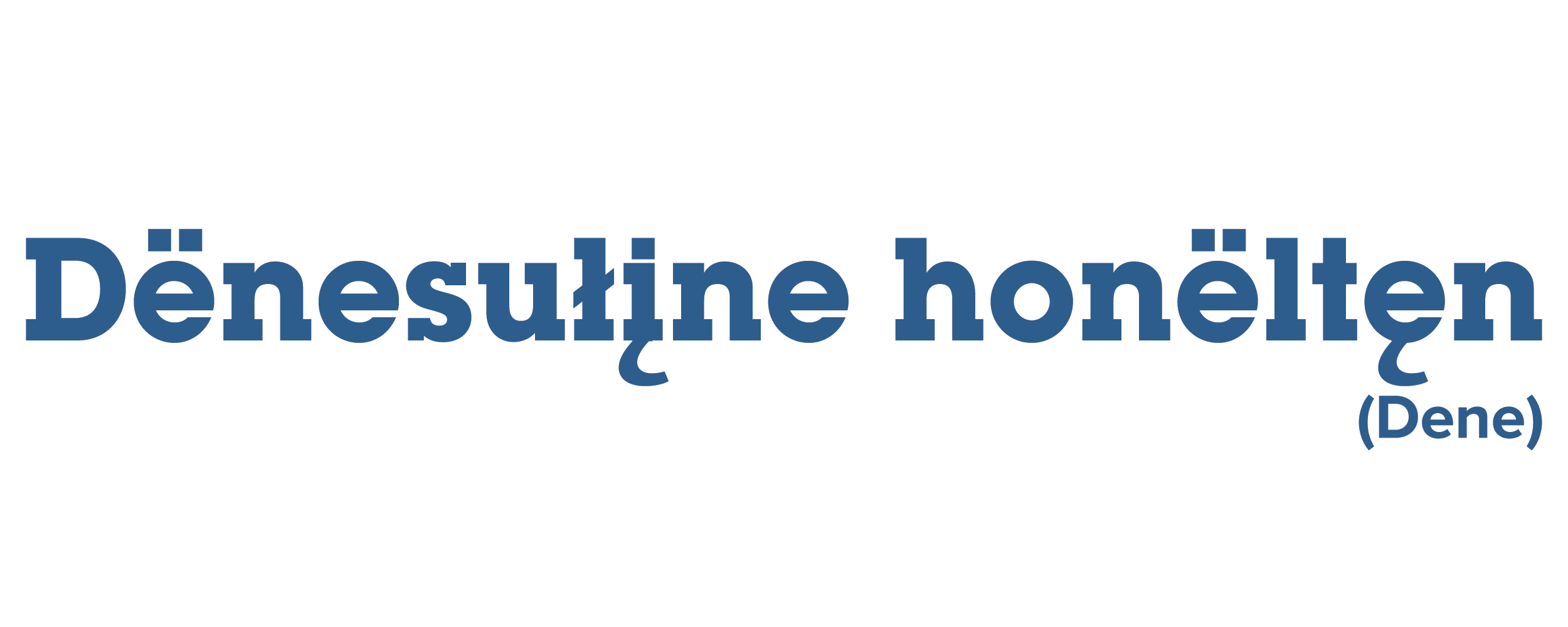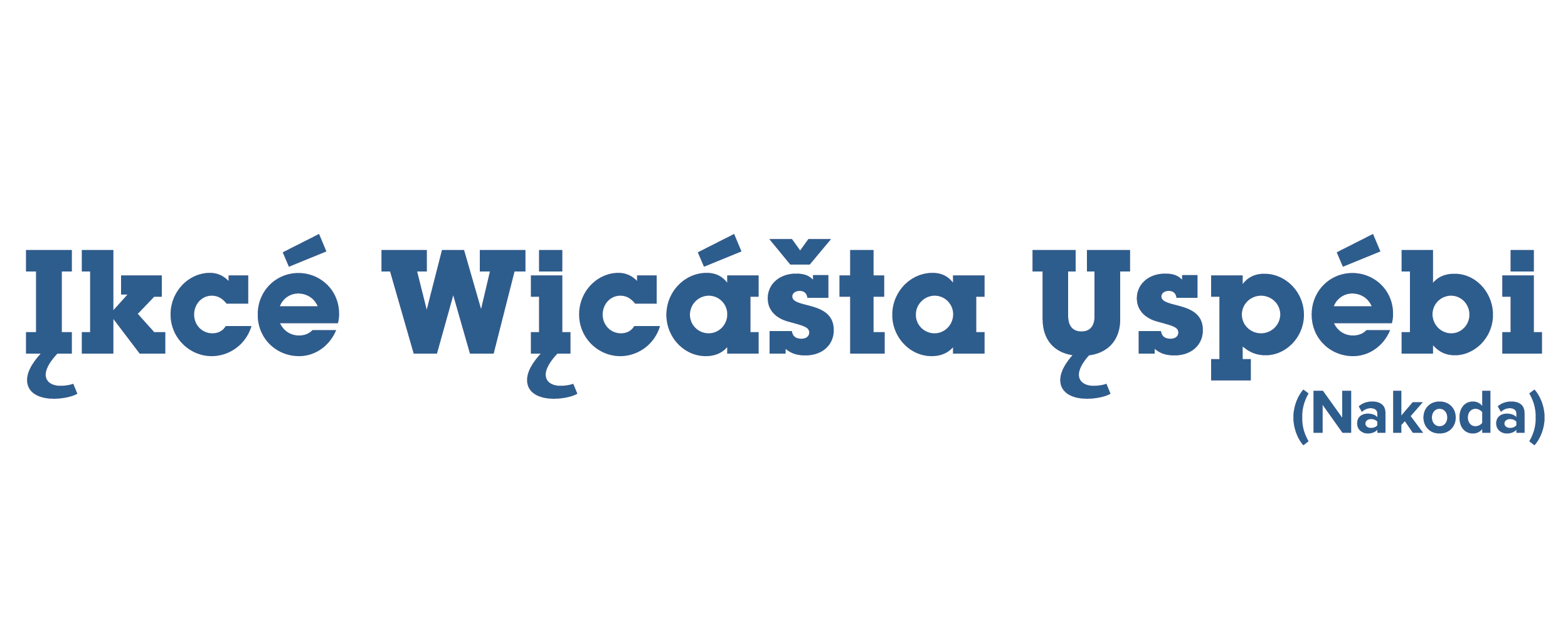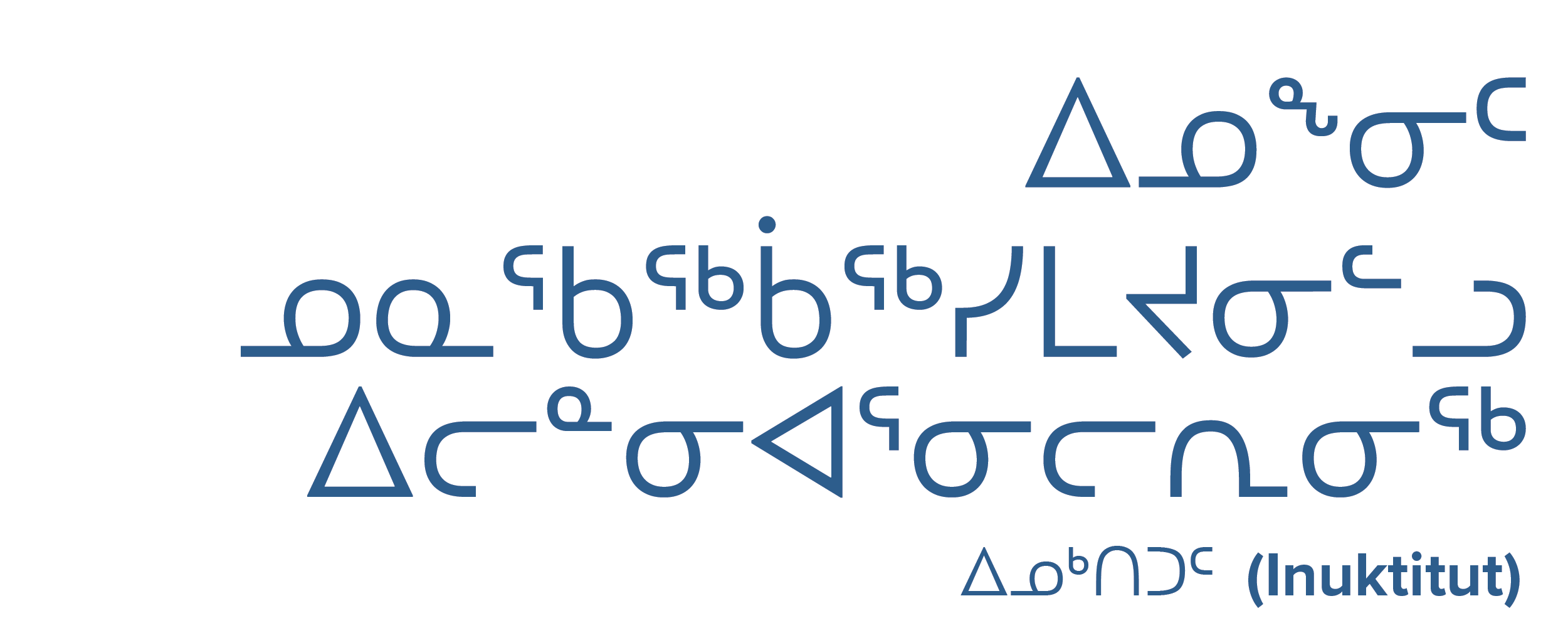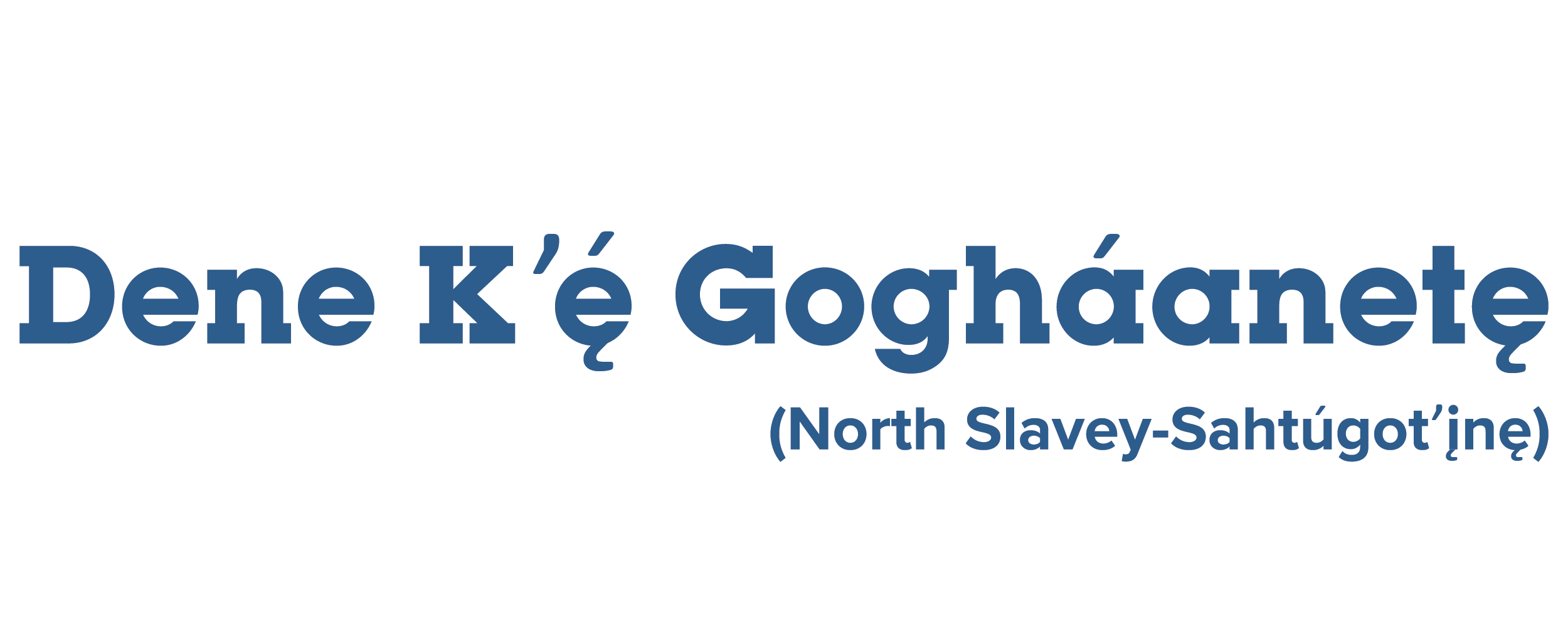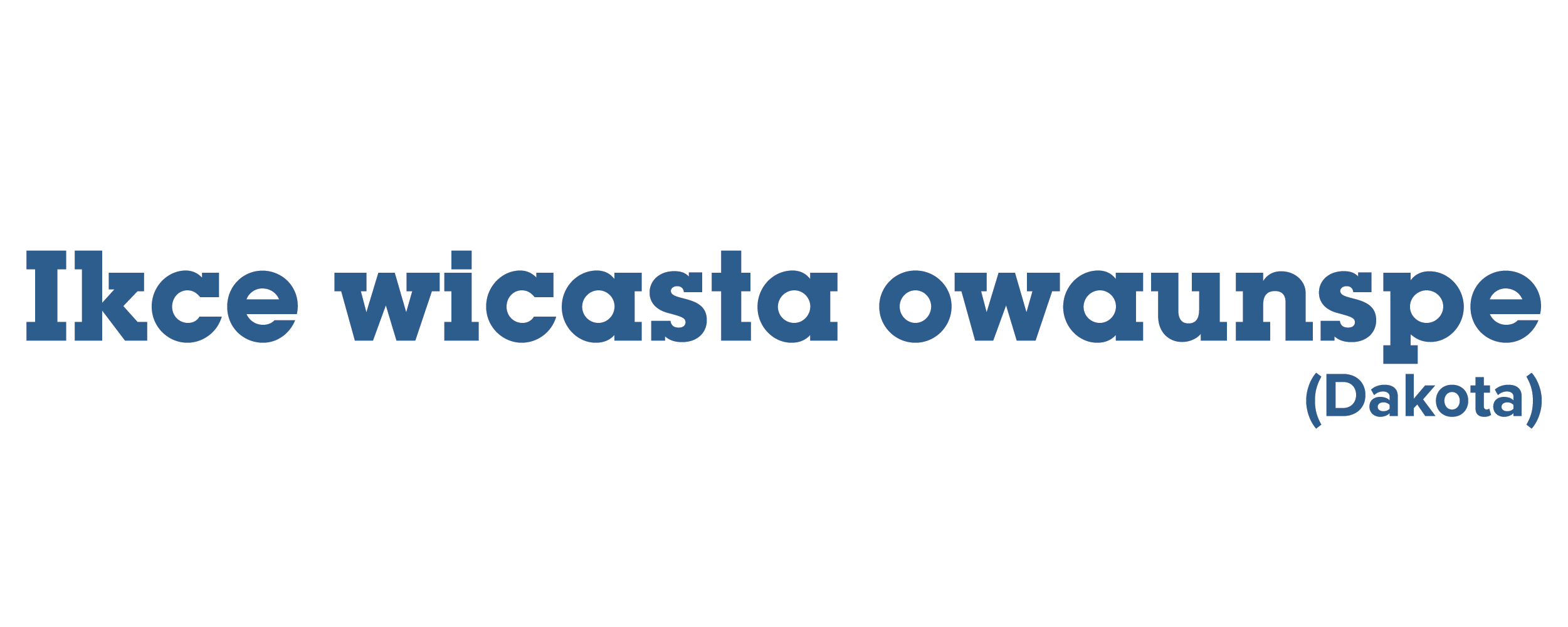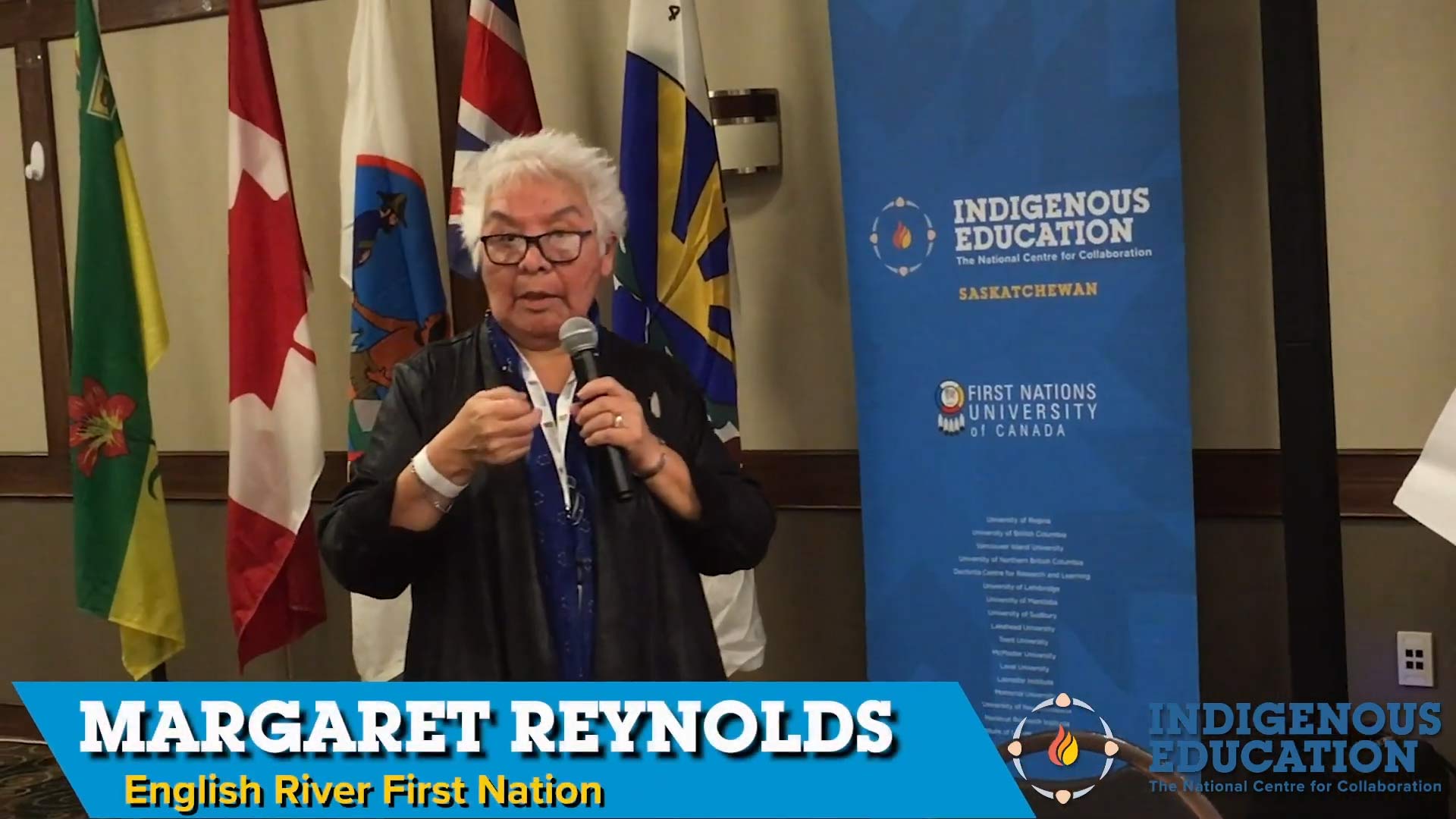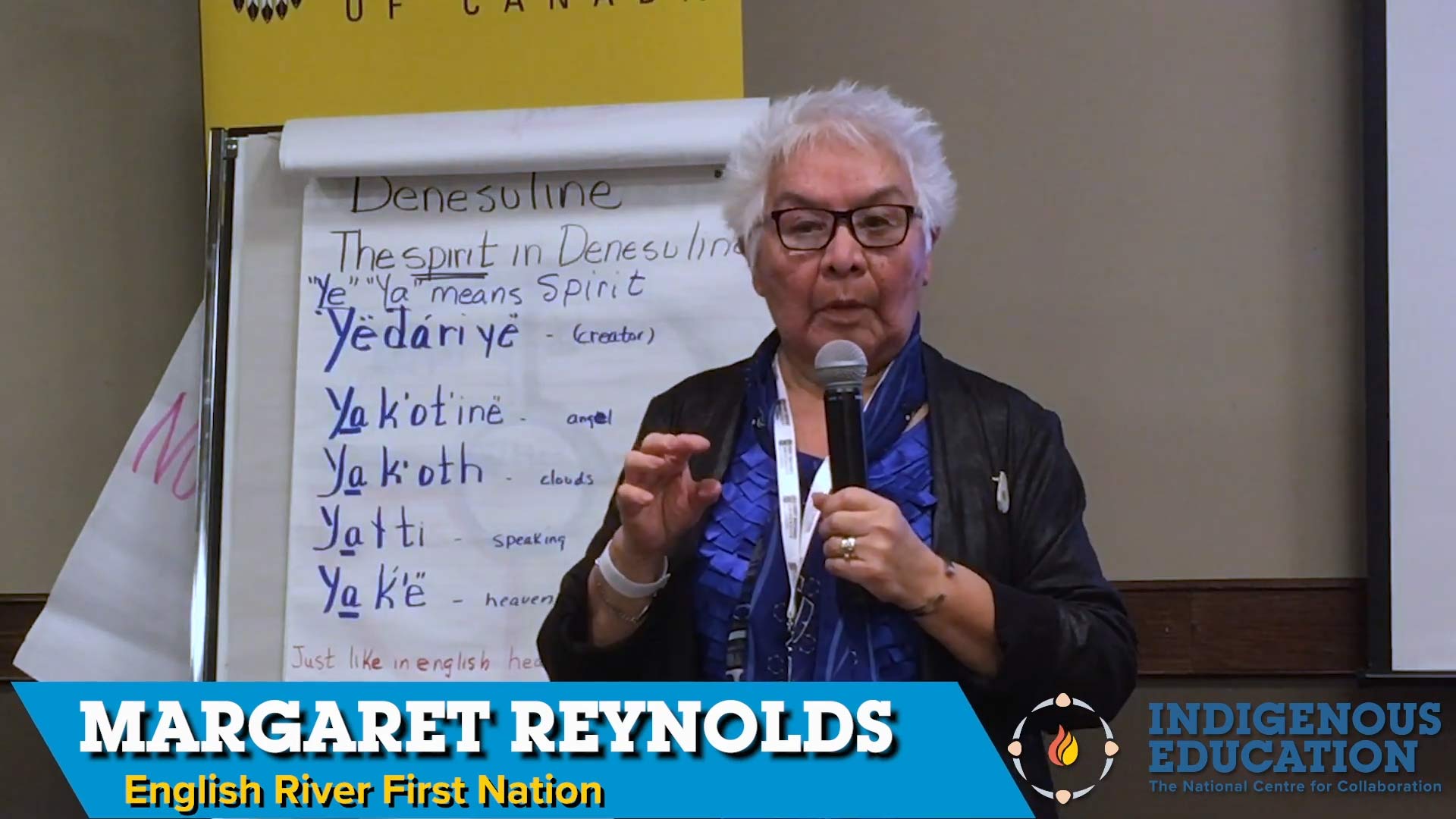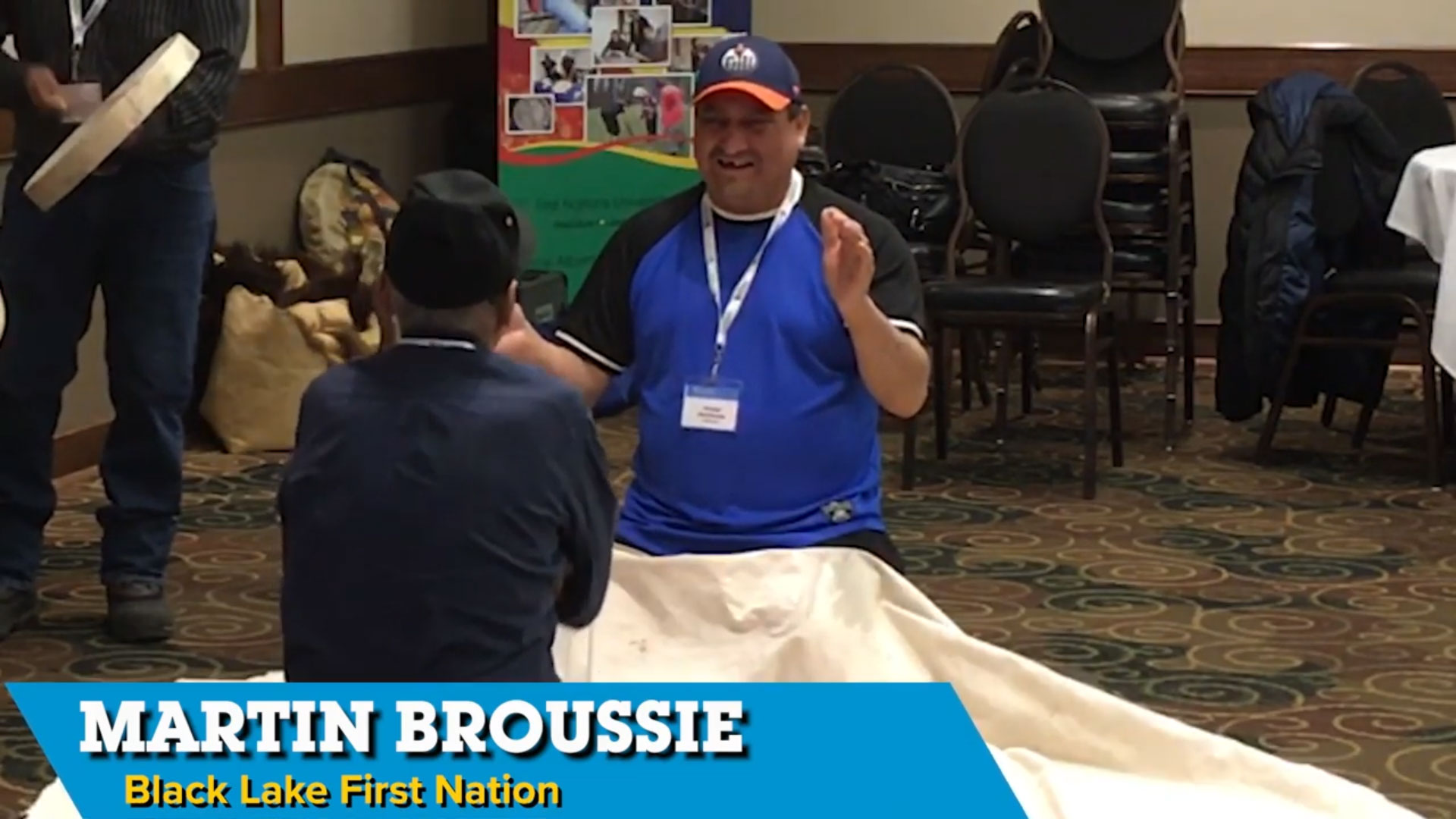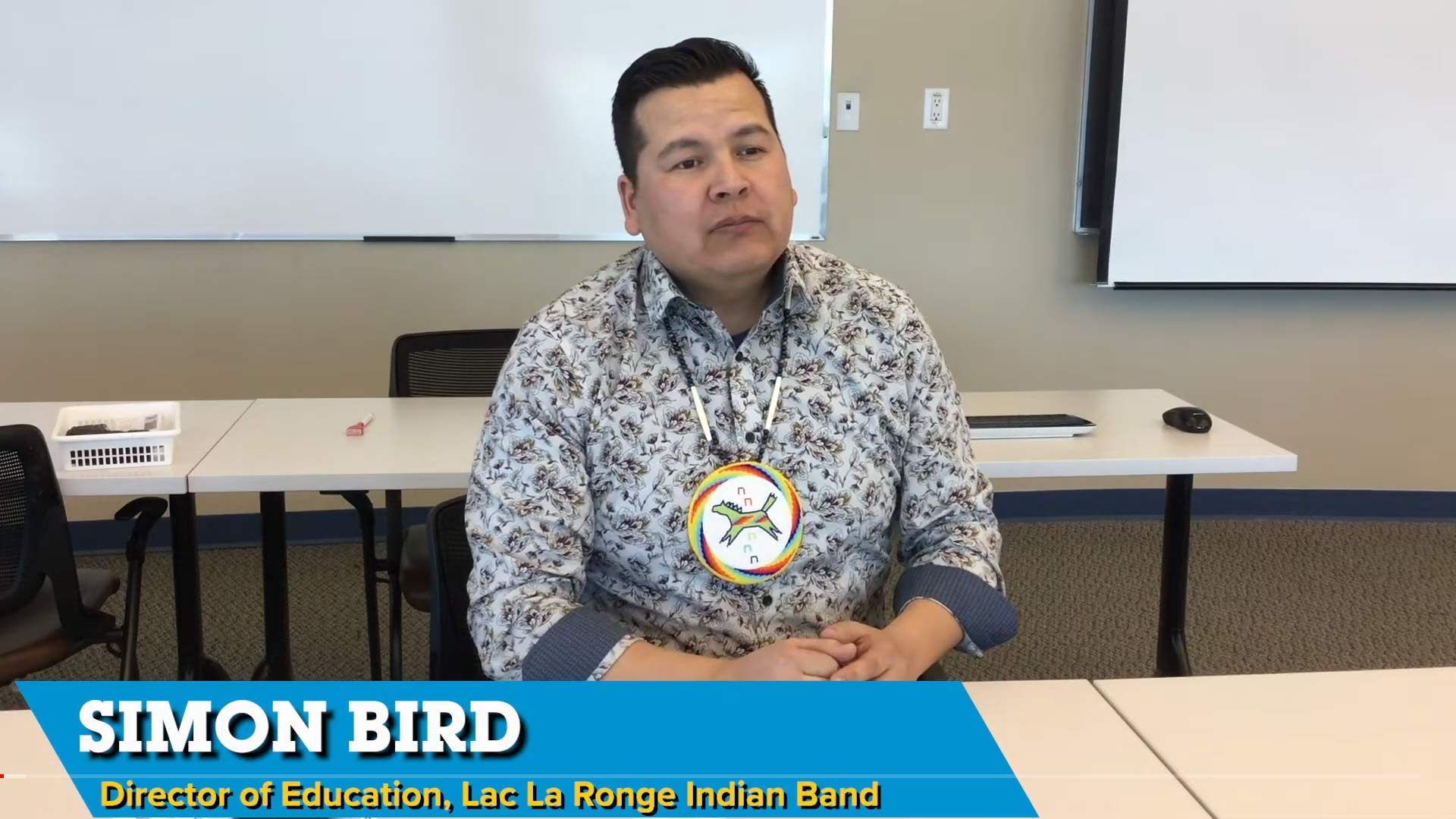Posted on by Steffany Salloum
Cree immersion and culture camps offer participants a culturally responsive education.
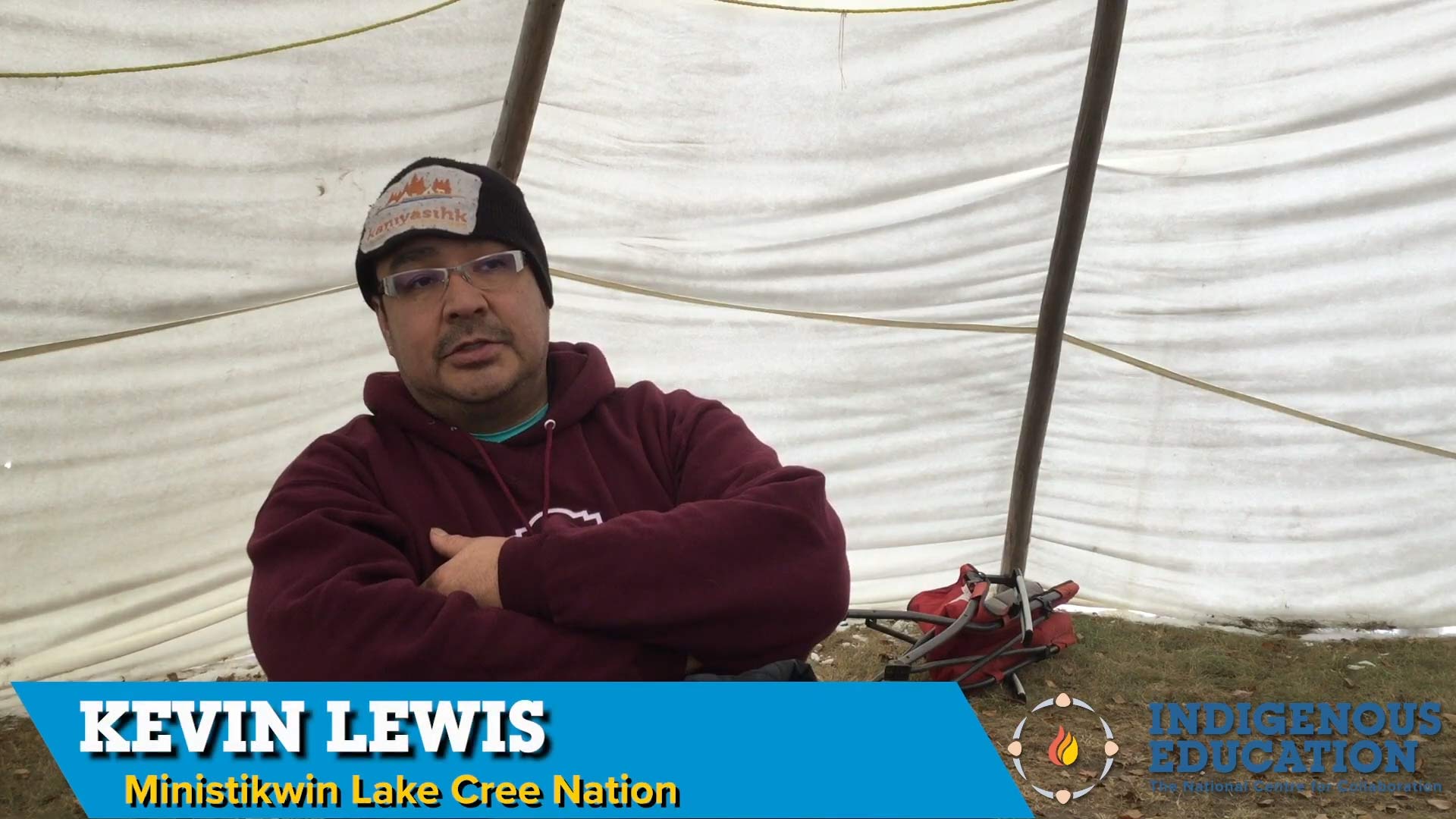
Founder of kâniyâsihk Culture Camps and initiator of the Cree Immersion School at Ministikwin Lake Cree Nation, Kevin Lewis is an Indigenous academic who has brought what he has learned about educating back to his community. Lewis is committed to land-based learning and Cree education and hopes to ensure his programs provide people, young and old, with a culturally responsive education. In order to evaluate these programs, he enlisted a colleague as an external reviewer who has experience establishing Maori schools and language centres in New Zealand. By evaluating both the school and the culture camps Lewis is learning about what students and parents are feeling, wanting, and thinking about these programs, which has informed how the program changes and adapts over time. The case study is considered a snapshot of the programs at a particular moment in time, and when the case study is combined with the Structured Assessments Framework for Land-Based Learning at kâniyâsihk Culture Camps, it becomes a model for evaluating such programs.
Posted on May 7, 2020 by John Vallely
An Elder, who is preparing Anishinaabe people to be responsible, knowledgeable about their culture, creation and to show us our own personal role in Creation.
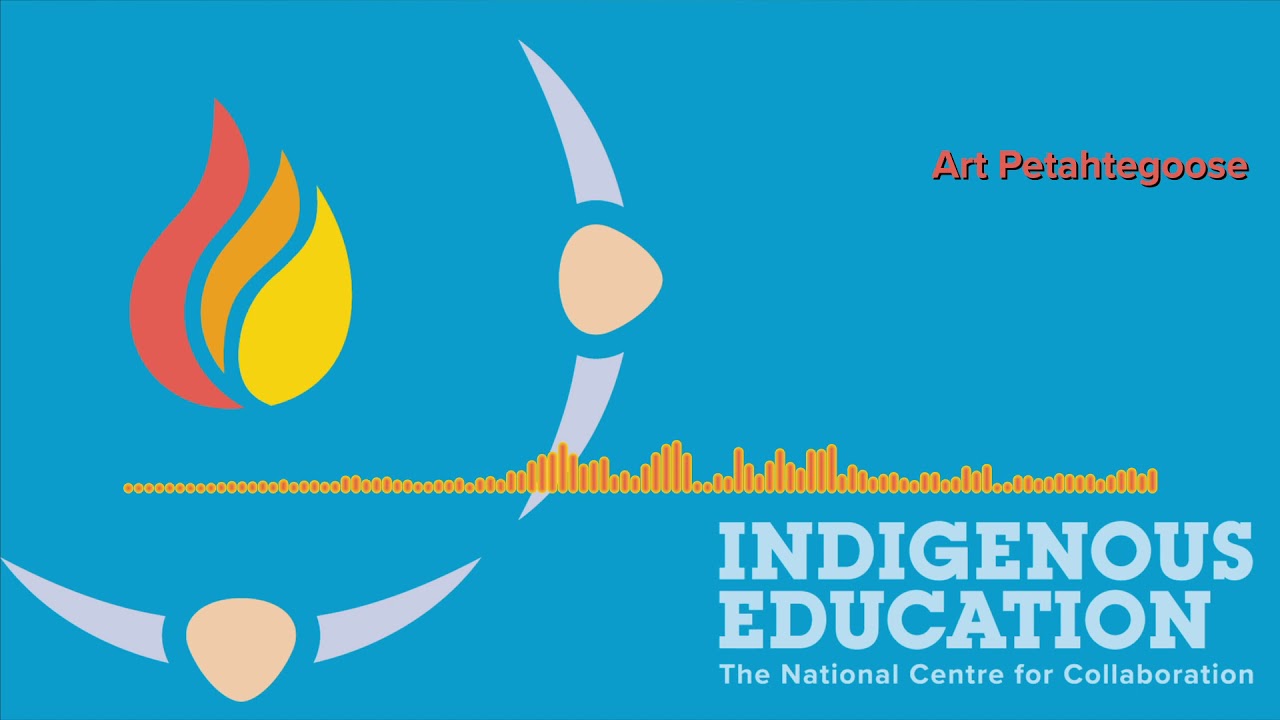
An Elder, who is preparing Anishinaabe people to be responsible, knowledgeable about their culture, creation and to show us our own personal role in Creation.
Posted on May 6, 2020 by Lisa Jodoin
Youth participant, Holly Burke, talks about the land-based youth camp at Killdevil Mountain in Grose Morne National Park. The science and culture camp is facilitated by Qalipu First Nation.
Youth participant, Holly Burke, talks about the land-based youth camp at Killdevil Mountain in Grose Morne National Park. The science and culture camp is facilitated by Qalipu First Nation.
Posted on April 8, 2020 by Lisa Jodoin
Audrey Benoit, Vice-Principal of Se’t A’newey Kina’matino’Kuom in Miawpukek First Nation describes how they celebrate and support Indigenous culture in their school.
Audrey Benoit, Vice-Principal of Se’t A’newey Kina’matino’Kuom in Miawpukek First Nation describes how they celebrate and support Indigenous culture in their school.
Posted on March 24, 2020 by Steffany Salloum
Founder of kâniyâsihk Culture Camps, Kevin Lewis believes that land-based education is an important way for Cree and non-Indigenous people to (re)connect with culture and identity.
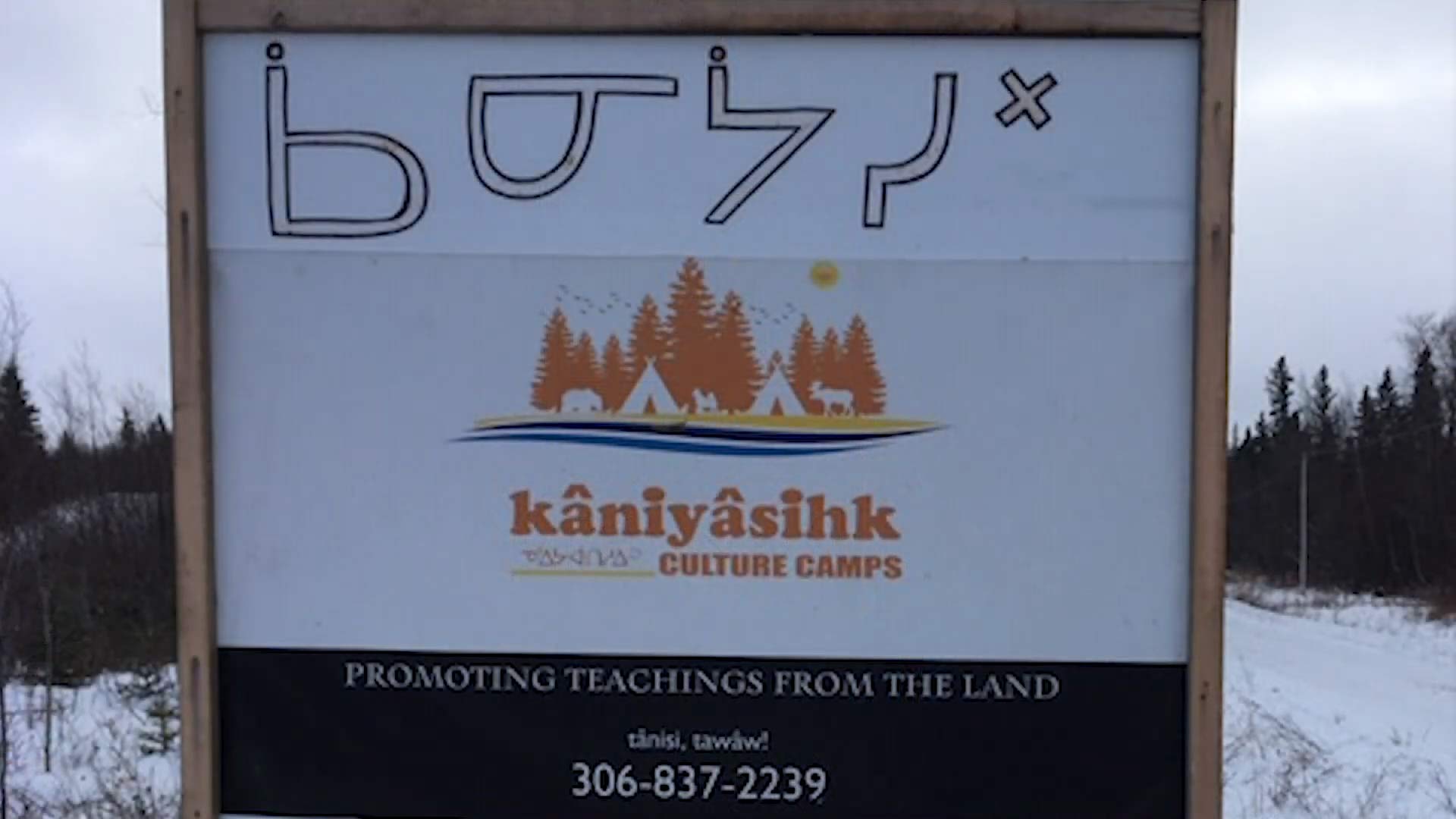
Within the last two decades, the kâniyâsihk Culture Camps at Ministikwan Lake Cree Nation have evolved from providing fall culture camps where participants took part in fishing and hide tanning to offering camps throughout all seasons and to anyone who wants to learn nehiyo (Cree) culture. Founder, Kevin Lewis explains that at kâniyâsihk Culture Camps participants take part in land-based learning that involves connecting with Elders, knowledge keepers, land keepers, medicine keepers, and berry pickers in their community. By sharing this wealth of knowledge with participants they begin to learn how to be self-sufficient and independent. Some of the many things done at camp include: learning Cree; harvesting plants for medicines; fishing and snaring; hide tanning; preserving moose, deer, elk, and fish; woodworking and building dog sleds, toboggans, birch bark canoes, snowshoes, and paddles; dog sledding; and participating in the Sun Dance, Sweat Lodge, and Chicken Dance ceremonies. The camp offers an immersive experience in nehiyo culture and Lewis hopes that more culture camps become available to people, especially for those living in urban areas.
Click here for more information about kâniyâsihk Culture Camps.
